A fire hydrant is a visible connection point placed in defined locations for firefighters to tap into a water supply. All buildings, parking areas, roadsides, mines, industrial areas, etc. must have fire hydrants with a connection to a water service network. They are designed to provide the water required by firefighters instantly to fight and extinguish a fire. Till the 18th century, underground fire hydrants were used. However, from the 19th century onwards, above-ground pillar-type fire hydrants become popular and mostly used. A fire hydrant is basically a pipe with the control of a valve through which water flows from a water main in order to put out a fire.
Purpose and Uses of Fire Hydrants
The primary purpose of fire hydrants is to supply water for suppressing fire. However, they can be used for several secondary purposes like:
- Line Flushing: Due to their high flow capability and easy operation, fire hydrants can be used to flush main distribution system lines.
- Testing System: To test the hydraulic capacity of the distribution system, fire hydrants can be used.
- Other Common uses: Fire hydrants are also frequently used as a water source for commercial construction work, sewer cleaning, street construction, street cleaning, etc.
Working of a Fire Hydrant
Fire hydrants with a variety of valves and connection points are seen in many places. In the event of a fire breakout, firefighters locate the fire hydrants, connect their hoses and then pump a large volume of pressurized water to put out the fire. A special pentagonal wrench is used to remove the valve cover of the hydrant. Then after attaching the hoses, the firefighters open the valve for the water to flow.
They usually have a connection point to hook up a fire hose and a nut or bolt to turn on which will start the flow. Every fire hydrant is essentially just an attachment to the main water line. Underneath that connects the hydrant valve through a pipe called a riser. However, normal hydrants don’t change the water pressure or flow in any way. They function as valves so firefighters can utilize the already present pressure in the water pipes. While all of this may sound simple the internal mechanics of a fire hydrant are a little more complex and can vary by region.
Types of Fire Hydrants
There are two types of Fire Hydrants; Wet hydrants and Dry hydrants.
Wet Hydrant
Wet hydrants are widely used in places where there is no problem of freezing. In such types of fire hydrant systems, the water in the main supplies the hydrant close to the surface. So, in cold weather conditions, it is susceptible to freezing.
Dry Hydrant
A dry hydrant system stores the water below the ground. The Earth’s temperature is usually higher than the cold environment temperature in cold regions. So, the possibility of freezing can be prevented by this arrangement. When the dry hydrant system is required to be used, firefighters open a valve on top of the hydrant and engage their hose in it. This causes the drain valve to open inside the hydrant. This allows the water to come through which the firefighters use against the fire.
Difference between Wet barrel Hydrant and Dry barrel Hydrant
The main differences between a wet hydrant and a dry hydrant are mentioned below:
| Wet Hydrant or Wet Barrel Hydrant | Dry Hydrant or Dry Barrel Hydrant |
| Wet Hydrants are used where water-freezing issues are not present | Dry barrel hydrants are used in cold regions where the temperature routine drops below water freezing temperature. |
| In the wet hydrant design, the water is placed aboveground | The water in the dry barrel design is kept below ground to avoid freezing. |
| A wet Hydrant is easier to construct and cheap. | On the other hand, dry barrel hydrants are costlier and difficult to construct. |
| Maintenance of wet barrel hydrants is easier due to easy access. | Maintenance is comparatively difficult. |
Components of a Fire Hydrant System
The main components that constitute a fire hydrant system are:
- Fire Fighting Pumps & Accessories
- Piping
- Panels
- Landing Valves
- Hoses
- Couplings
- Hose Reel
- Branch Pipes & Nozzles
- Fire Brigade Connections
- Wiring & Instrumentations
- Maintenance Valves
Color Coding of Fire Hydrants
Following NFPA standards, all fire hydrants are color-coded. These colors indicate the expected flow during the operation. Usually, the top caps of the fire hydrants are painted. The following table provides the common colors according to the flow.
| Color-Coding | Flow | Meaning |
| Light Blue/Blue | >1500 GPM | Very good flow, suitable for industrial applications. |
| Green | 1000-1500 GPM | good for residential purposes |
| Orange | 500-999 GPM | marginally adequate |
| Red | <500 GPM | Low flow, inadequate |
Codes and Standards of Fire Hydrants
The codes and standards that are used as guidelines for designing fire hydrant systems are:
- NFPA 1
- NFPA 25
- NFPA 291
- AWWA
- A112.21.3M
- BS EN 14384
- BS 750
- DIN 3222
- DIN EN 14339
- AS 2419
- FP-009
- IS 3844
- IS 13039
Fire Fighting System Online Courses
To learn more details about fire fighting systems, their operation, application, etc you can join the following online in-depth video courses:

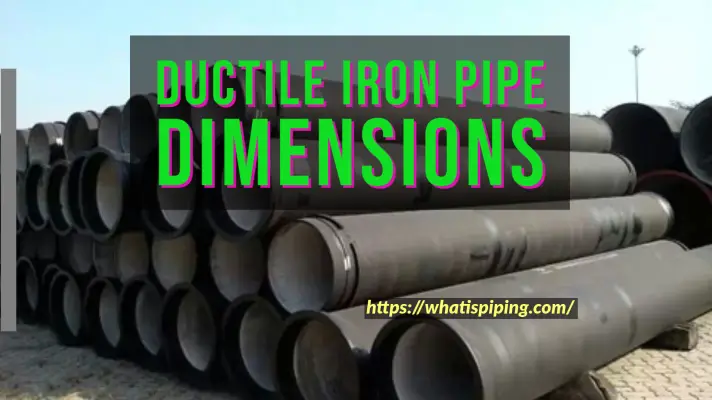
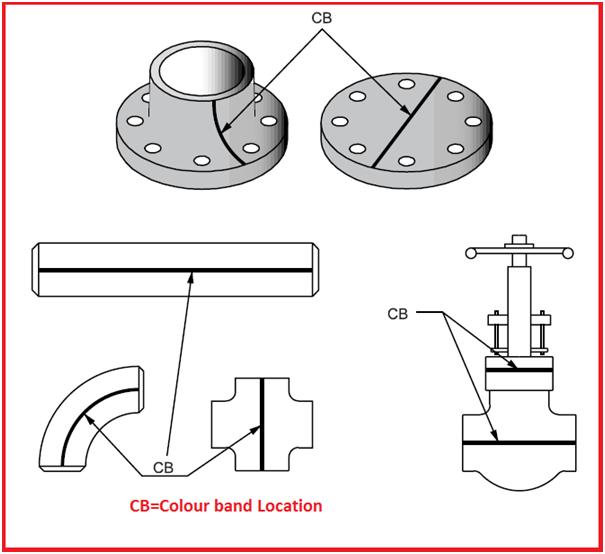

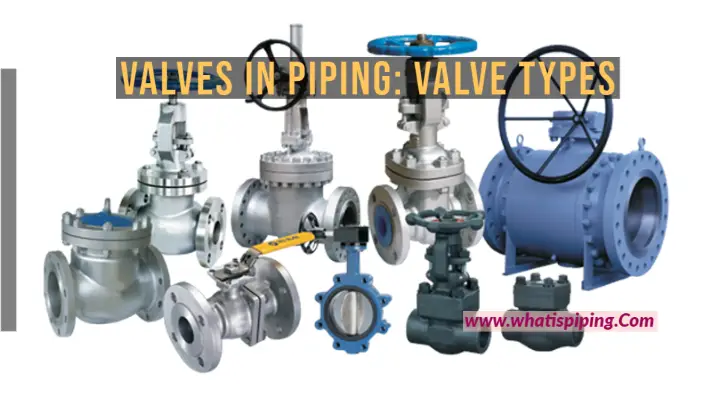
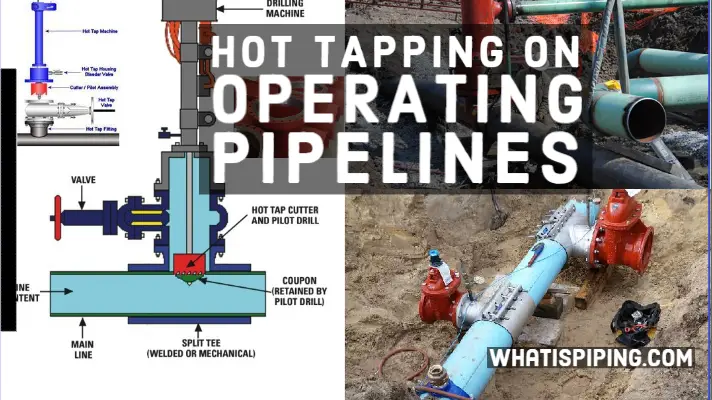

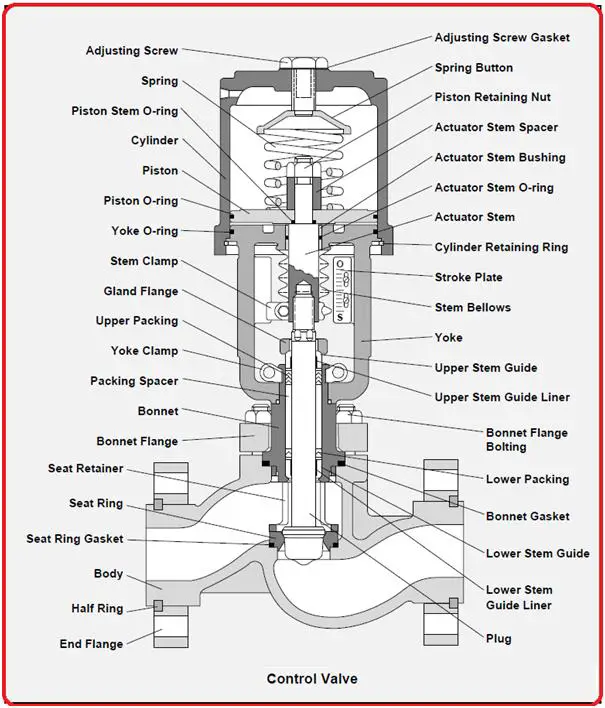

HI
I hope you are doing well
My name is krunal daslaniya, I live in the UK and I am pursuing my Master’s in system engineering.
I read your blogs and it’s a piece of Amazing information but I want information about Fire Hydrant architecture how to the drow.
1: describe the approach taken to developing the architecture, including any systems
engineering methods used,
2: include a schematic diagram of the system architecture selected, including sub-systems and
elements and interfaces.
Below the requirement is completed. (I am just information about the Architecture.)
A new power generation factory (power plant) is under construction and your group is responsible to develop a dedicated fire hydrant system to allow power plant fire engines to be re-filled with water in an emergency. There are two independent supplies of mains water into the power plant, one from the north and one from the south. The probability that either of these supplies are unavailable or fails on demand is 1 x10-3. Each has a maximum water supply flow rate of 2500 litres/min but will need a boost pump to maintain a consistent supply pressure.
Individual hydrants (valved connections that a fire engine can connect to in order to re-fill with water) need to be located at various points in the power plant. The power plant fire engines each have a capacity of 8000 litres of water and in an emergency need to be re-filled with water in 2 minutes, the capability to re-fill at this rate needs to be maintained for at least two hours.
If there is an accident then the probability of the hydrant system being unable to meet the requirement above must be less than 1 x 10-6. The power plant will have an electrical supply from the national grid; the probability that it is unavailable if required is 2 x10-3. The power plant has a back-up electrical supply, the probability of this failing to start and run for the required time is 7 x10-4. Unfortunately, it only has the capacity to run small loads like motorised valves or instrumentation, and not high loads like pumps.
The customer would like some element of health or availability monitoring in the system but their requirements for this are not very specific and they would welcome proposals. They would also like to be able to undertake maintenance on key components in the system whilst it is still fully available for use if required. They are also concerned about common cause failures and would like the requirements and system architecture to take account of this.
I am waiting for your response.
Regards
krunal daslaniya
It Is Evident From the content that multiple books being consulted for this. Valuable I formation
Hydrant and hydrant point same